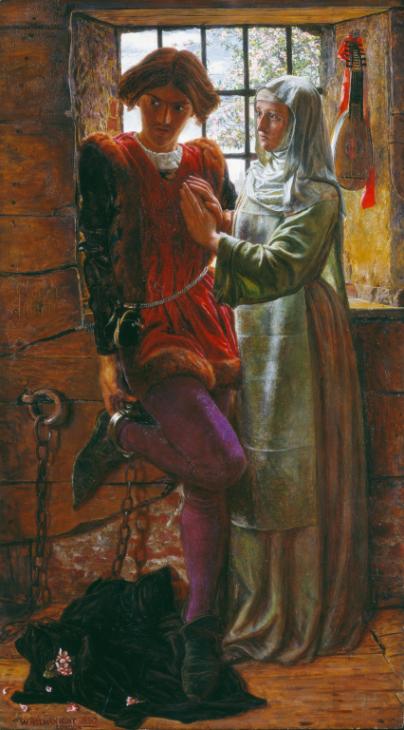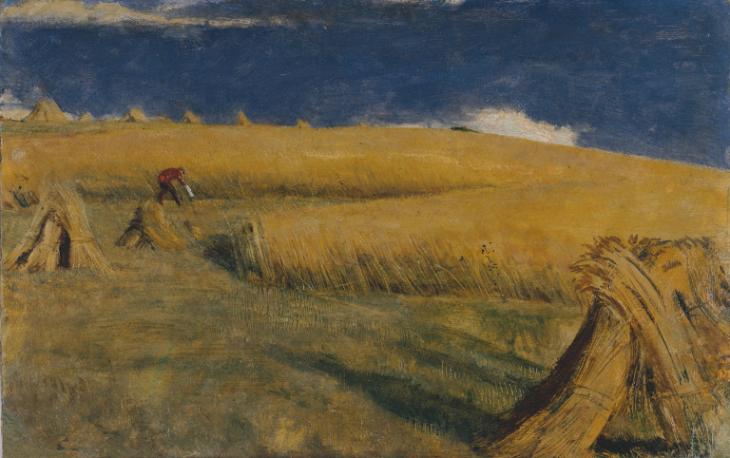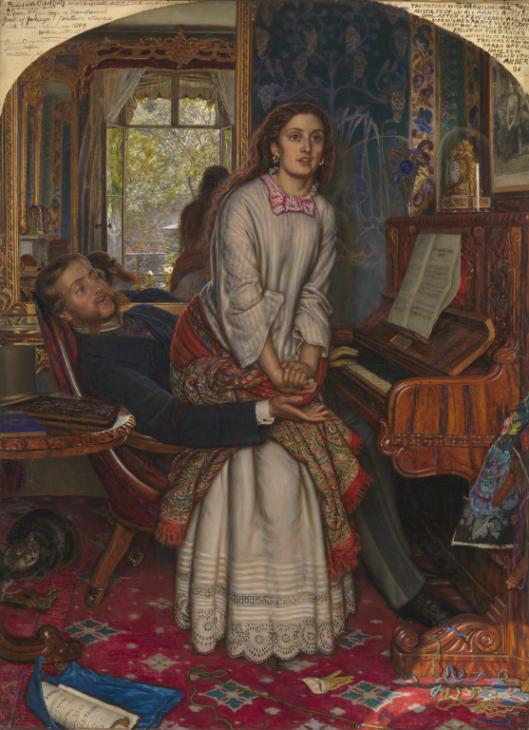Tate Britain
From Londonhua WIKI
Tate Britain
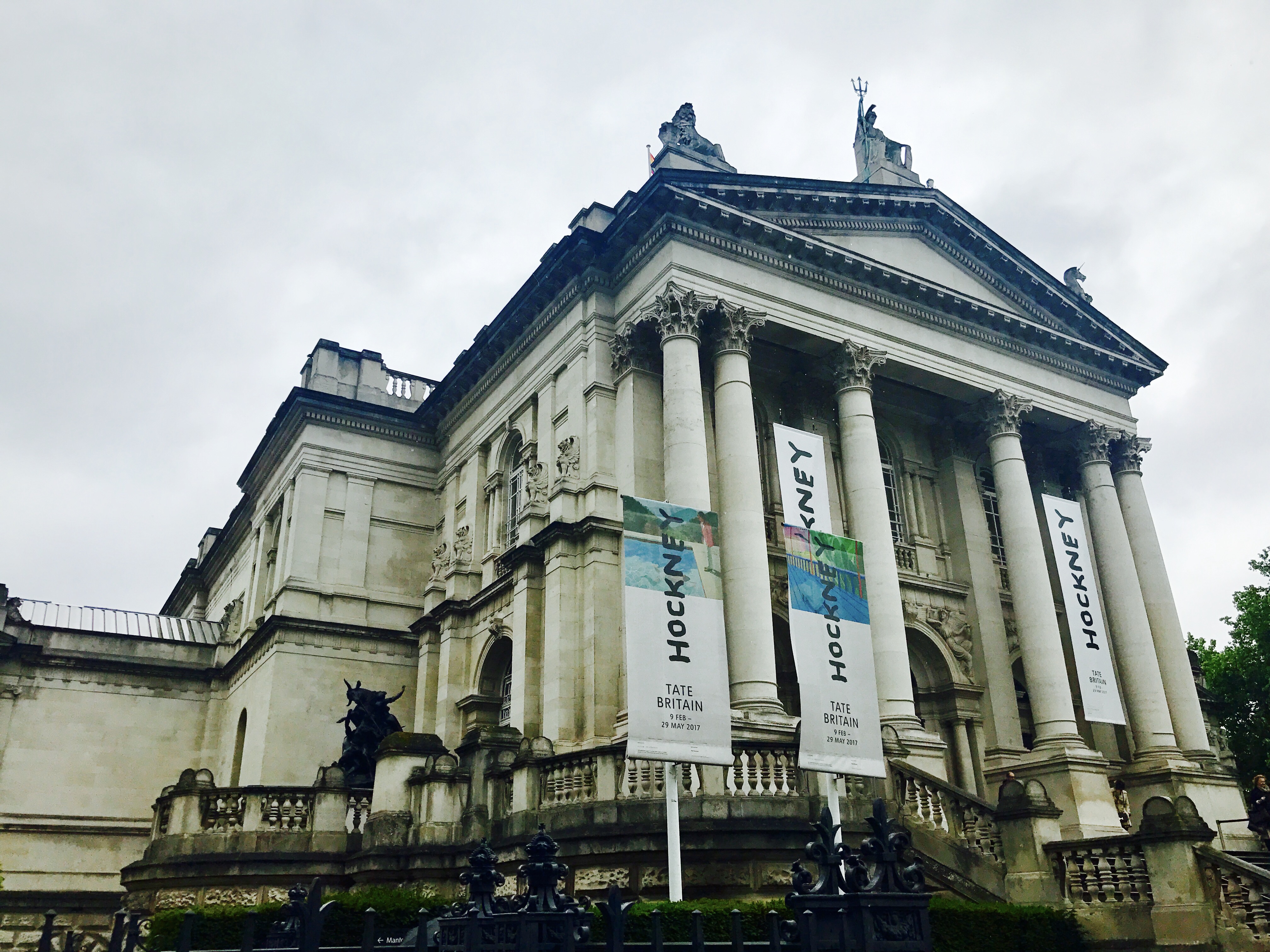 photo by: Sofia Reyes | |
| Director | Alex Farquharson |
|---|---|
| Established | 1897 |
| Location | Millbank, London SW1, UK |
Overview
Tate Britain is one of the four Tate Galleries. It was founded by Sir Henry Tate. It is the second best place to observed British Art, the first being the The National Gallery.
Contents
Background or Origin of Article
Begin writing the background information of this article, or use this format to begin a new article with some other relevant section filled with important information.
Use Subsections Headings
Organize each section of this article so that it has a logical flow. If you intend to discuss one aspect of the origin of a person, place, thing, or idea, identify the appropriate existing section of the article, or create that section if it doesn't exist. Then, make a clear subheading. If you notice that some other information is not organized clearly, rearrange the information, but do so cautiously and responsibly! The goal here is clarity for the reader.
Add links to other articles, but do not link to personal student profile pages or milestone pages. Add media as needed in the appropriate sections.
1780s
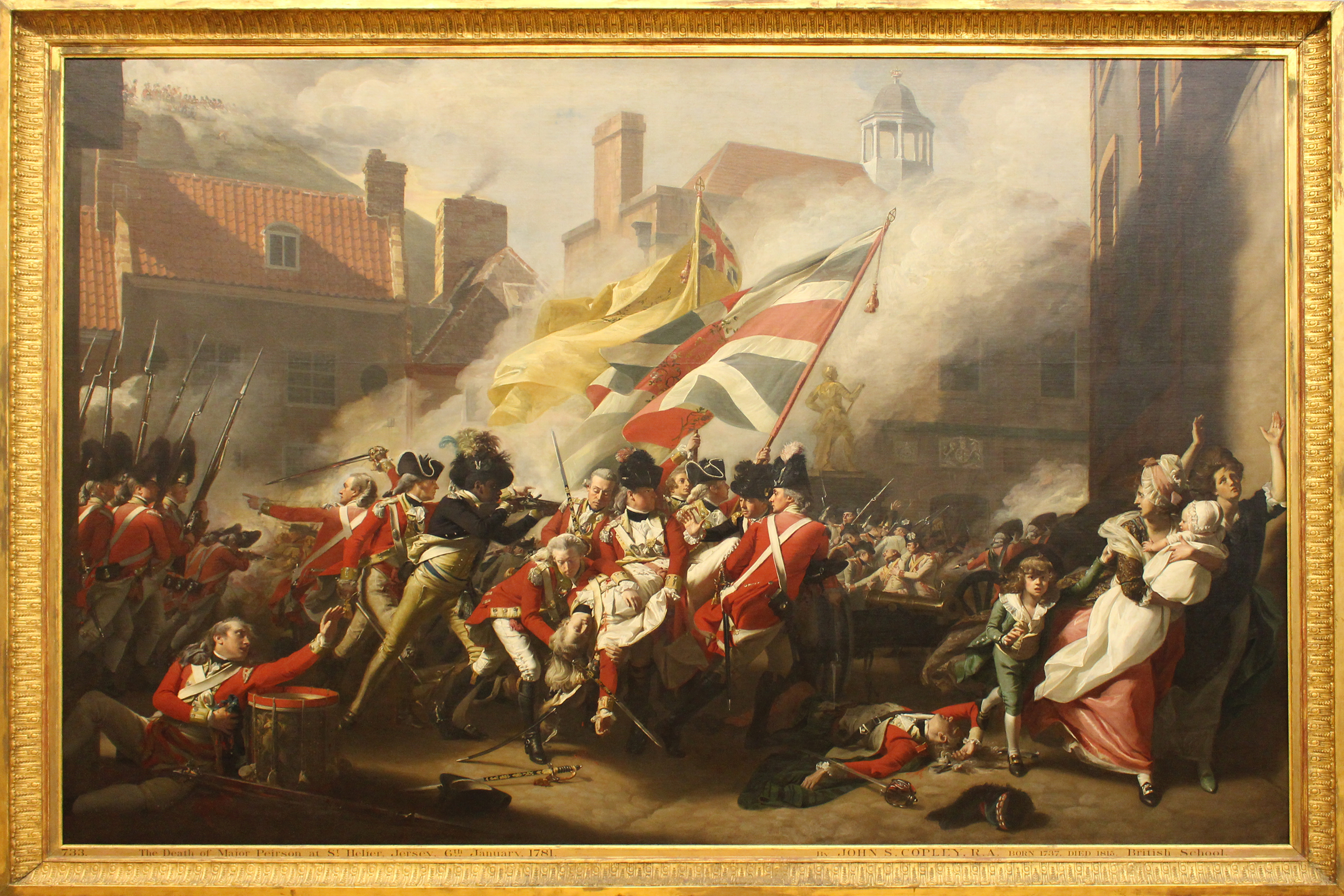 by John Singleton Copley |
John Singleton Copley
This piece was painted by John Singleton Copley. It shows the Battle of Jersey, where, in 1781, a French force invaded the island in an attempt to take it from the British. After the fall of the island’s capital, the governor was captured and agreed to a surrender to the French. However, the young Major Peirson fought off the French, and as the British were winning, he was shot by a French sniper. As shown in the painting, Peirson’s black servant avenged his master by killing the sniper. This painting shows Peirson dying in the battle, but in reality he died before the battle. This battle turned Peirson into a British hero, and therefore the painting was extremely popular when it was released.
1850's
William Holman Hunt
William Holman Hunt was the founder of the Pre-Raphaelite Brotherhood, a group dedicated to creating quality ans sympathetic art, the expression of genuine ideas, and the study of nature, Hunt created his art following these principles. Currently on display in the 1850's room are four of his pieces Our English Coasts, 1852 ('Strayed Sheep'), Cornfield at Ewell, The Awakening Conscience, and Claudio and Isabella. The first two pieces are landscapes of the English countryside following one of the Brotherhood's main principles about painting and studying nature. The later two pieces are portraits that have two differing messages, but similar themes. In The Awakening Conscience, a man is portrayed with his mistress and evokes symbolism of innocence lost and plight of women. In his other portrait, Claudio and Isabella, Isabella stands in white as a symbol of purity where as Claudio stands in the dark as a foil to Isabella.
William Blake
William Blake was an English poet, artist and print maker who was born and lived in London, England. Blake focuses most of his art on the creation and discovery which is exhibited in his eight works that are currently being displayed in the William Blake room on the upper level of the museum. The "Oberon, Titania and Puck with Fairies Dancing" focus on the last scene of William Shakespeare's A Midsummer Night's Dream where Titania is instructing her fairy train. "Newton" displays the scientist only looking at the scientific knowledge instead of the colourful rocks. representing creativity behind him. There is also "The Ghost of a Flea", "Elohim Creating Adam", "The Good and Evil Angels", "Pity", "Nebuchadnezzar", and "Epitome of James Hervey's 'Meditstions among the Tombs'".
References
If appropriate, add a references section
External Links
If appropriate, add an external links section
Image Gallery
If appropriate, add an image gallery
